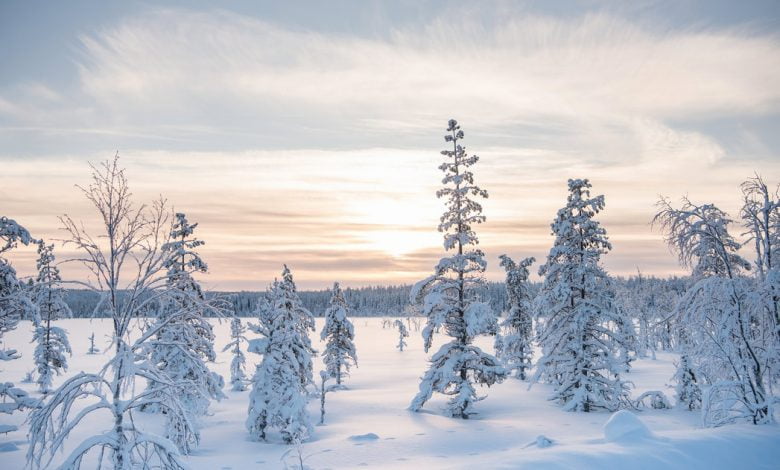Other historically significant winters

Other historically significant winters
1310–1330, many severe winters and cold, wet summers in Europe – the first clear manifestation of the unpredictable weather of the Little Ice Age that lasted for several centuries (from about 1300 to 1900). The persistently cold, wet weather caused great hardship, was primarily
responsible for the Great Famine of 1315–1317, and strongly contributed to the weakened immunity and malnutrition leading up to the Black Death (1348–1350).
1600–1602, extremely cold winters in Switzerland and Baltic region after eruption of Huaynaputina in Peru in 1600.
1607–1608, in North America, ice persisted on
Lake Superior until June. Londoners held their first frost fair on the frozen-over River Thames.
1622, in Turkey, the Golden Horn and southern section of Bosphorus froze over.
1690s, extremely cold, snowy, severe winters. Ice surrounded Iceland for miles in every direction.
1779–1780, Scotland’s coldest winter on record, and ice surrounded Iceland in every direction (like in the 1690s). In the United States, a record five-week cold s
pell bottomed out at −20 °F (−29 °C) at Hartford, Connecticut, and −16 °F (−27 °C) in New York City. Hudson River and New York’s harbor froze over.
1783–1786, the Thames partially froze, and snow remained on the ground for months. In February 1784, the North Carolina was frozen in Chesapeake Bay.
1794–1795, severe winter, with the coldest January in the UK and lowest temperature ever recorded in London: −21 °C (−6 °F) on 25 January. The cold began on
Christmas Eve and lasted until late March, with a few temporary warm-ups. The Severn and Thames froze, and frost fairs started up again. The French army tried to invade the Netherlands over its frozen rivers, while the Dutch fleet was stuck in its harbor. The winter had easterlies (from Siberia) as its dominant feature.
